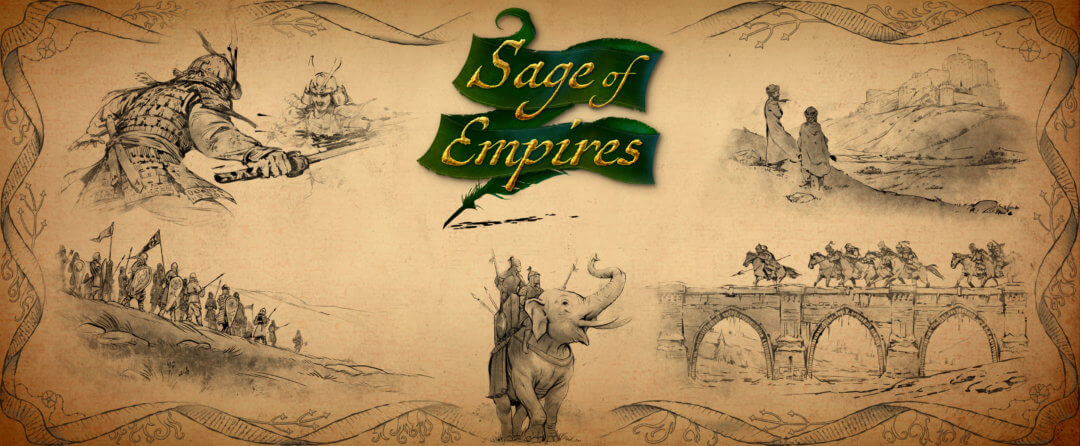
Greetings Age Community,
Over the last week I have travel across the medieval European landscape collecting information to share with you the final piece of our Scribe introduction series. While there is still so much more to discover, I have some truly inspiring stories to share with you in the coming weeks highlighting people and cultures you may not be as familiar with.
Today’s blog will be divided into two sections; one focusing on the copying and illustrating process, and the other discussing the involvement of my “right-hand-man” while working.
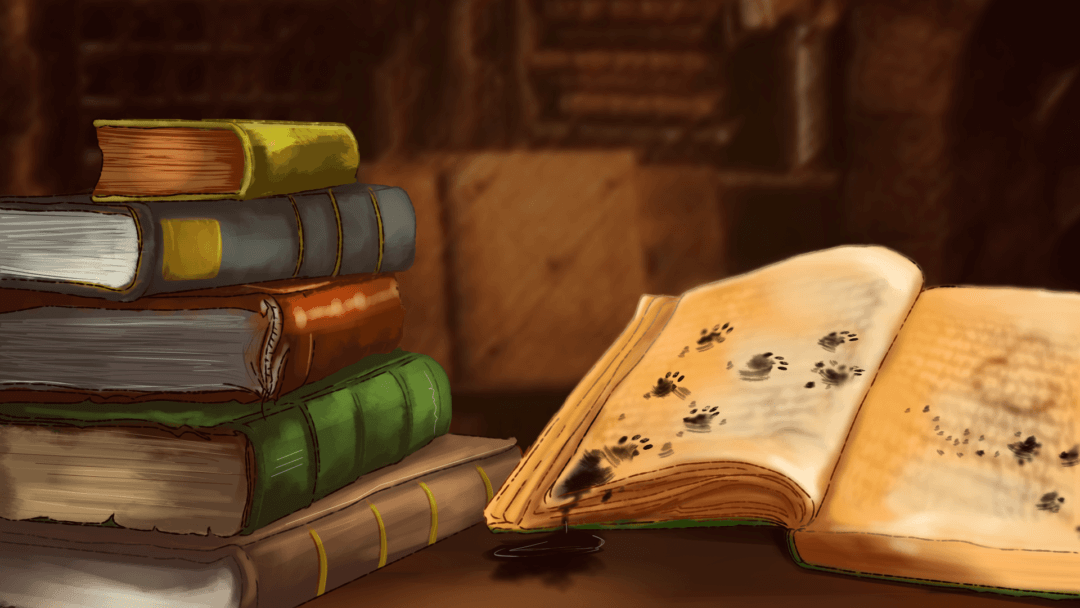
Copying and Dictating
So far we have learned the process of creating the tools used to write, but now it is time to discuss the process of writing all the hundreds (and even thousands) of words, music, images, etc. that made up codices.
When someone needed a copy of a written work, whether that’d be a story book, a song book, or a simple contract, a scribe like myself would be hired and given the original (or a copy) of the piece requested. They would then take that piece, often for many months, and carefully copy until the new version was ready. Due to the lengthy process, those hired to do this arduous labor had to be trustworthy individuals. Many of the texts were unique meaning any damage would be a catastrophic material and monetary loss.
There were a few different ways for scribes to process the information they were copying. For example; some scribes would begin reading a page and copy word for word what they would see. Sometimes, if they were unfamiliar with a language, word, or could not clearly see it, they would assume or replace it with a synonym they believed to be correct. Rarely, some of these wordsmiths were illiterate, but had the ability to copy the shapes they saw on paper to formulate the script. While this process may have been more intricate, illiterate scribes were often the only option in remote areas or for those who could not afford the costs of an experienced worker. Another method more commonly used by scribes was dictating the piece to themselves or have another person dictate to them.
When the roles of scribes were eventually taken over by monks, large groups would sit and very quietly read their pieces out loud while transcribing, which created a very low humming sound heard throughout the church.
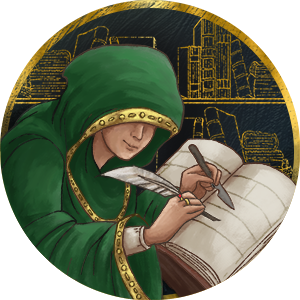
Imagery and Commentary
Much like today’s written works, imagery was an essential part of the decoration of the book. The margins of works would include drawings related to the piece, self portraits, sketches of their surroundings, animals, fictional creatures, and even some intricate and decorative lettering.
While flipping through the pages of the codices I found some of the most amusing commentary written by my colleagues. It was quite common for a scribe’s personality to shine through their writing by adding small notes on the margins. They would air out their thoughts, joys, and frustrations throughout a codex in different colored ink and their own handwriting. My personal favorite must be a note left on the back of a very long book stating “oh at last, I have finished the job. How miserable was that.”. It’s quite amusing, don’t you think.
I’d like to point out that even when replicating the contents of a book, every piece was still as unique as its original thanks to the scribe’s personal touches.
Before jumping to our next section, I want to circle back to the animal drawings I described above. I have brought along a very special guest who I briefly mentioned before but never formally introduced. Can you guess who it is?
My Right Hand Man
Age Community, I would like to introduce to you my best friend, and also sometimes my most maddening friend, Gilbert, or Gyb for short. Gyb is my loyal cat who you’ll know is around when you see a spill of ink, a smudge of my lettering, or some very clear paw prints all over my work (ugh).
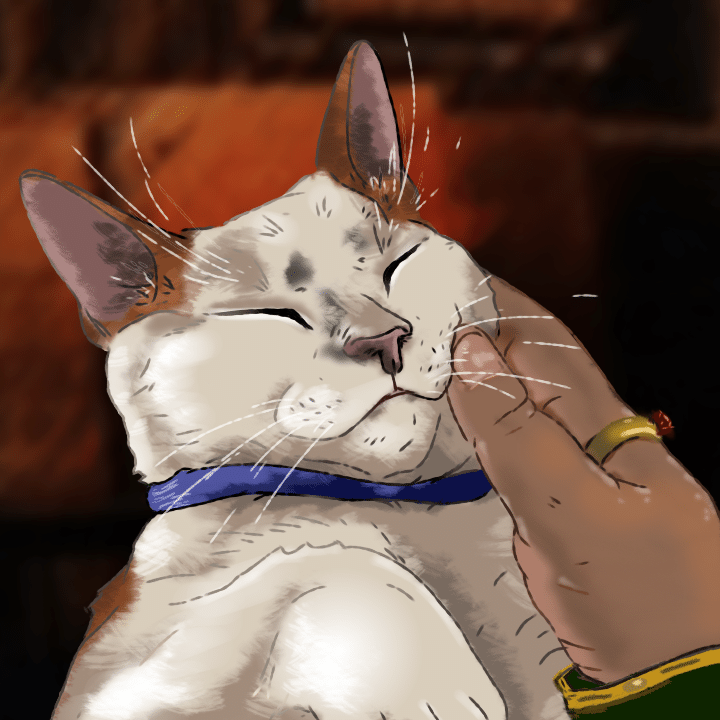
Gyb is my “right paw man” but it is important to note that in medieval Europe this was not a common practice, cats were feared because of their association to the devil and witchcraft. They were only welcomed in the home to do pest control and sometimes to keep company to those who did not mind a furry friend. My fluffy friend has been by my side throughout every page flip, every travel, every codex, ensuring that the quality of the work I present to you is the best that it can be. His paw of approval, I mean, stamp of approval, is needed before my Age of Empires friends hit publish.
Gyb does have the bad habit of walking all over my workspace, but Grace tells me that not much has changed in the past hundreds of years, cats still like to step over your fancy tablets and push whatever things they can off of ledges. At least you all have a delete button for the paw prints, I unfortunately don’t. Good thing Gilbert is a charming kitty.
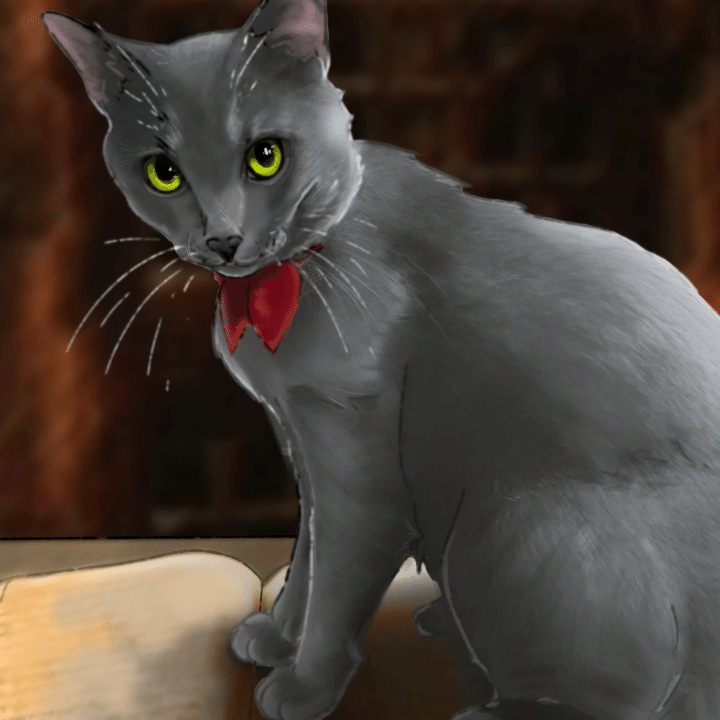
You may also see Carlisle around, one of Gybs friends. They like to care for the resources I have collected from all the pests that are prone to eating them… Now that I mention that, maybe it’s time for me to research a little more about the typical resources such as foods, building materials, and more from some of our civilizations.
Farewell for now,
Sage
P.S. Gyb says meow
As told by Grace Rojas